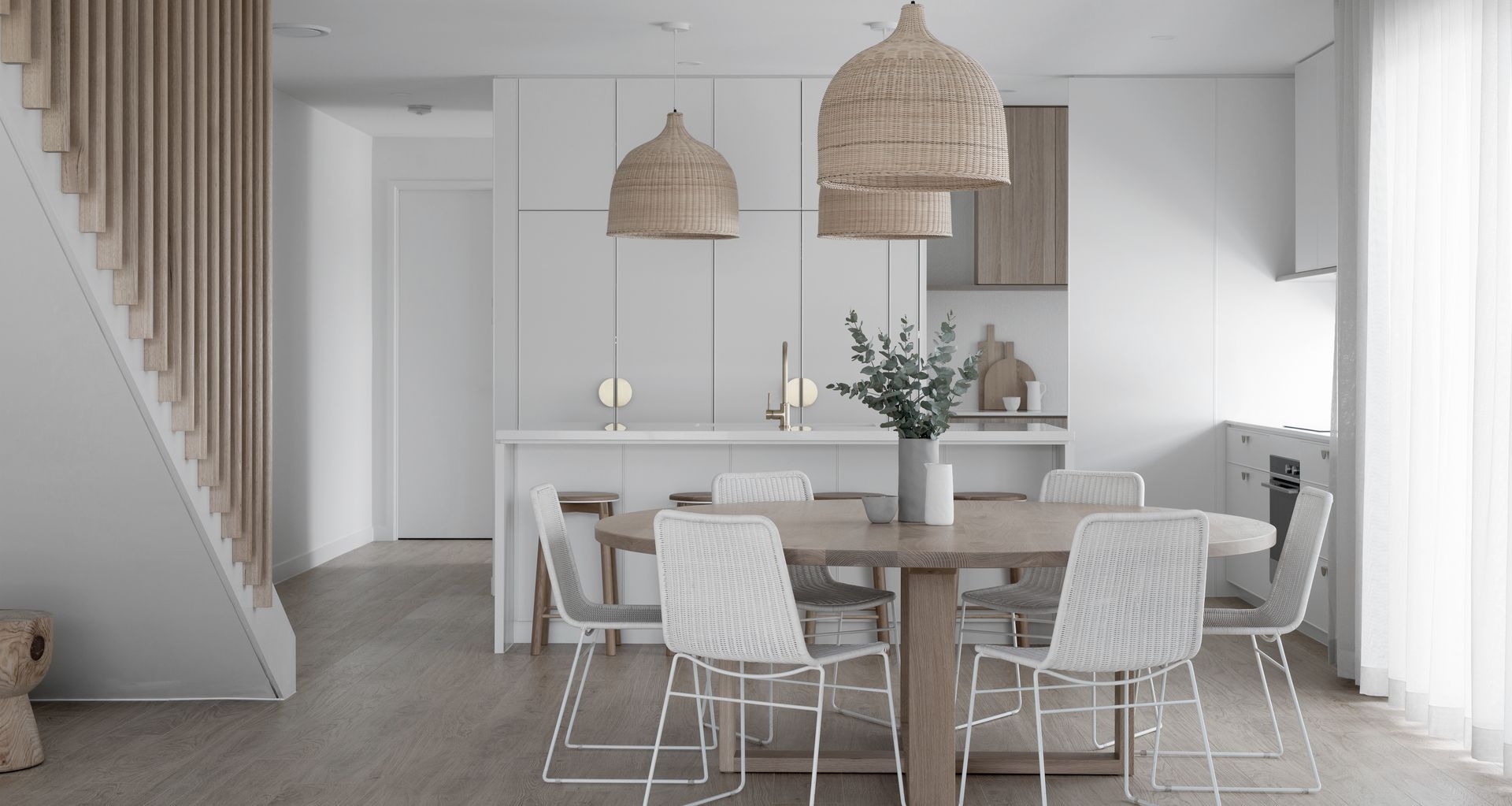How to Create an Intelligent Kitchen, and Why It’s So Important

Did you know that nearly three-quarters of all adults suffer from aching backs on a regular basis? And, believe it or not, your own home can be one of the biggest culprits when it comes to putting unnecessary strain on your body. In fact, some of the most highly functional areas around the home are rarely ever designed with you front of mind – or, at least, not in the physical sense anyway.
So, your kitchen – the heart of your home – is a great place to start making a few improvements with Hettich’s Intelligent Kitchens design concept.
The truth is, when planning household spaces such as a kitchen, the focus is usually only on one thing – making it look good. When it comes to comfortability and ease of use, it’s often a whole other story. Even the most state of the art kitchen can take a toll on your body if it hasn’t been designed intelligently– especially as it’s often the place where you spend most time.
Say goodbye to stress and strain
To give you an idea of what this experience might feel like, a kitchen that hasn’t been designed intelligently will probably see you working at bench heights that cramp your posture, or have storage so inconveniently placed that you’re forever bending down to lift heavy objects. Without an intelligent kitchen, you might even find your stress levels are much higher than they need to be during the family dinner hour because you’re always frantically moving around the room hunting for utensils.
The good news is, creating an intelligent kitchen isn’t about choosing one or the other – you really can have a kitchen that’s smart and looks great too. Here are the three most important things to keep in mind when planning an intelligent kitchen and how Hettich’s high quality fittings will help make it work.
Keep distances as short as possible
It’s a good idea to start planning your kitchen by mapping your usual route when using the space. Remember, the objective here is to create the shortest journey possible between frequently used items and appliances at each stage of use – such as food preparation, cooking, serving, and cleaning up.
By separating your kitchen into five functional areas – food storage, food preparation, cleaning products and waste, and crockery and cutlery – you’ll minimise your movements as you flow through the various stages of use. What’s more, you’ll be in a better position to identify the most suitable storage solutions that maximise the use of space in each designated area. Hettich offers a range of quality fittings and storage solutions catering to every type of space and design – no matter what layout or size you’re working with.
Get the ergonomics right
To minimise the physical strain on your body, you’ll need to make sure that your kitchen is designed in a way that works best with your physique – and it’s all in the detail. For example, the ideal bench height is 10-15 centimetres below the angled elbow – so, consider who in the family spends most time in the kitchen and tailor it to them.
You should also consider the height at which items are stored across your five functional areas. For example, to reduce the amount of times you bend over, you should store the most frequently used items in easy to reach places such as top drawers or the lowest shelf in a cupboard.
And what about those bulkier kitchen items too, such as large heavy based pans, appliances, and cast-iron casserole pots? As an alternative to cupboards, deep drawers with Hettich’s smooth-sliding pull-out mechanisms could make easy work of storing and accessing your heaviest equipment, while they’re also great for storing plates and other crockery, so you’re not awkwardly pulling them down from high cupboards. Similarly, a tall, stacked pantry drawer system could prevent you from spending too much time hunched over messy drawers or reaching around in the back of cupboards.
Other tips to make your kitchen more ergonomic include storing crockery next to your dishwasher instead of above it, so you’re not bending up and down when unloading, making sure there’s adequate lighting over work areas, and swapping traditional hinged cupboard doors with Hettich’s pull-up or slide-to-open mechanisms, so there’s no risk of injury.
Take advantage of smart internal storage fittings
Deep drawer systems are a great alternative to cupboards because you can see and access everything inside with a full bird’s eye view, but keeping everything organised is key. To help you save time and maximise space, Hettich’s neat internal organiser solutions can provide you with fully customisable drawer sections suited to your pots, pans, crockery, or appliances.
What’s more, Hettich’s smart internal storage fittings are incredibly versatile and come in all kinds of forms for cupboards, drawers, fridges, and dishwashers, helping you better organise many other kitchen items such as cutlery and crockery, food, waste, and cleaning agents.
There’s already enough stress and strain in life without your home adding to it. So, what better place to start than by creating an intelligent kitchen. By keeping these three design themes in mind, you can transform your kitchen into a space that’s much more comfortable and enjoyable to spend time in.
